The Tory’s 2019 election campaign included a plan to increase the NHS budget each year, but current figures are well below the promised funds.
Under Delivering

The Tory plan, which was supposed to deliver a 3.3% increase in funding each year above inflation, has fallen short, with an average of 2.7%. This discrepancy has resulted in a budget for this year that is £5.5bn less than what was projected.
Department of Health and Social Care

The DHSC’s budget is £179.6bn for this year, including the NHS and services such as residential care homes.
NHS Deficits
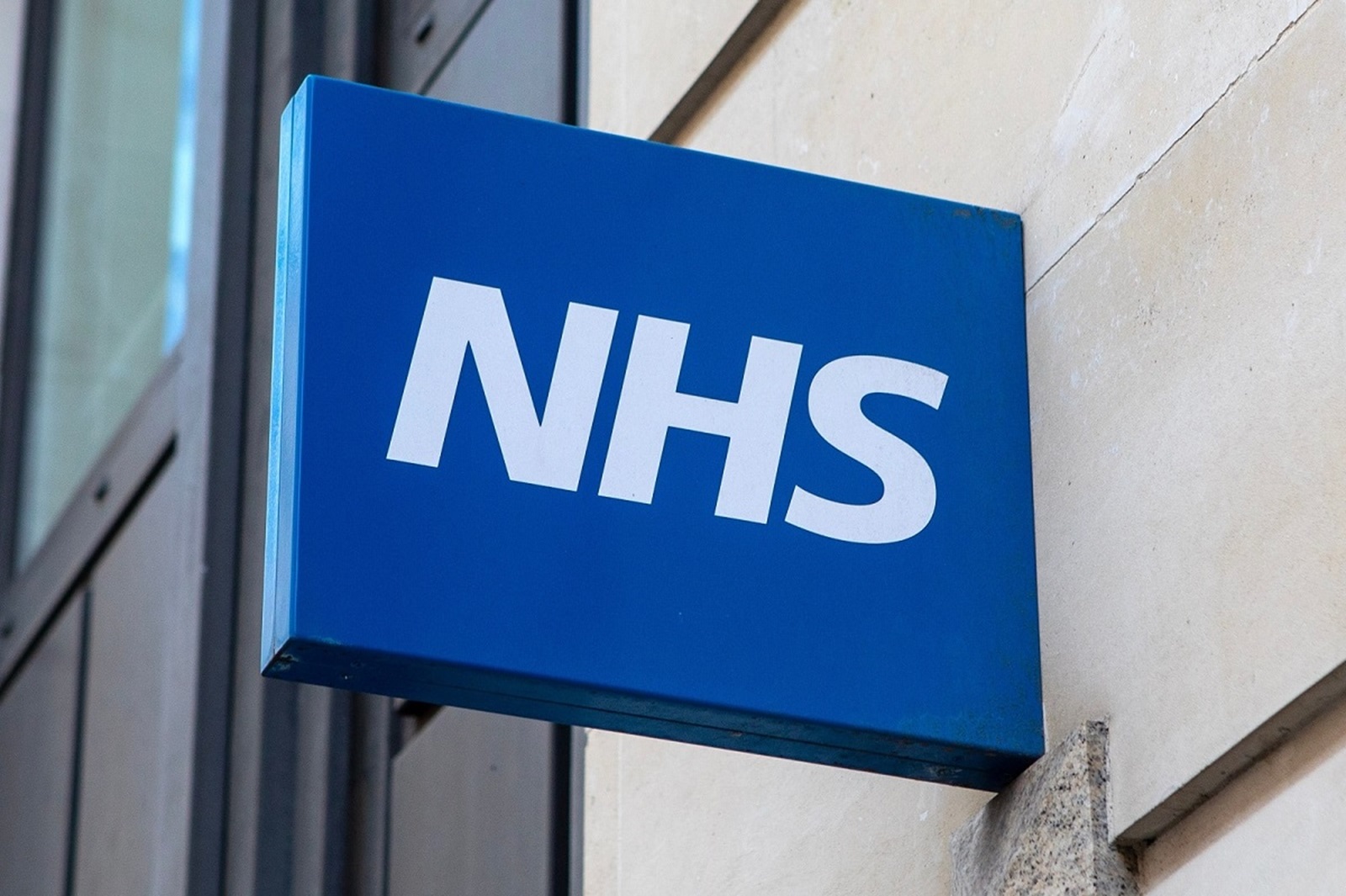
The NHS currently has a staff shortage of 121,000 full-time equivalents (FTE). With a total staff of around 1.3 million FTE, that means almost one in ten jobs is vacant.
Strikes

Over the last two years, the UK has seen various staff strikes over pay. In particular, nurses and doctors have taken action to demand fair pay. The current NHS financial settlement for nurses allowed for a 2% pay increase in 2024-25.
Staff Pay

Pay in the NHS isn’t straightforward; there are 25 pay points across the 11 bands (including sub-bands), and other factors such as unsocial hours, overtime, being on call and recruitment and retention.
Lack of Funding Causing Issues
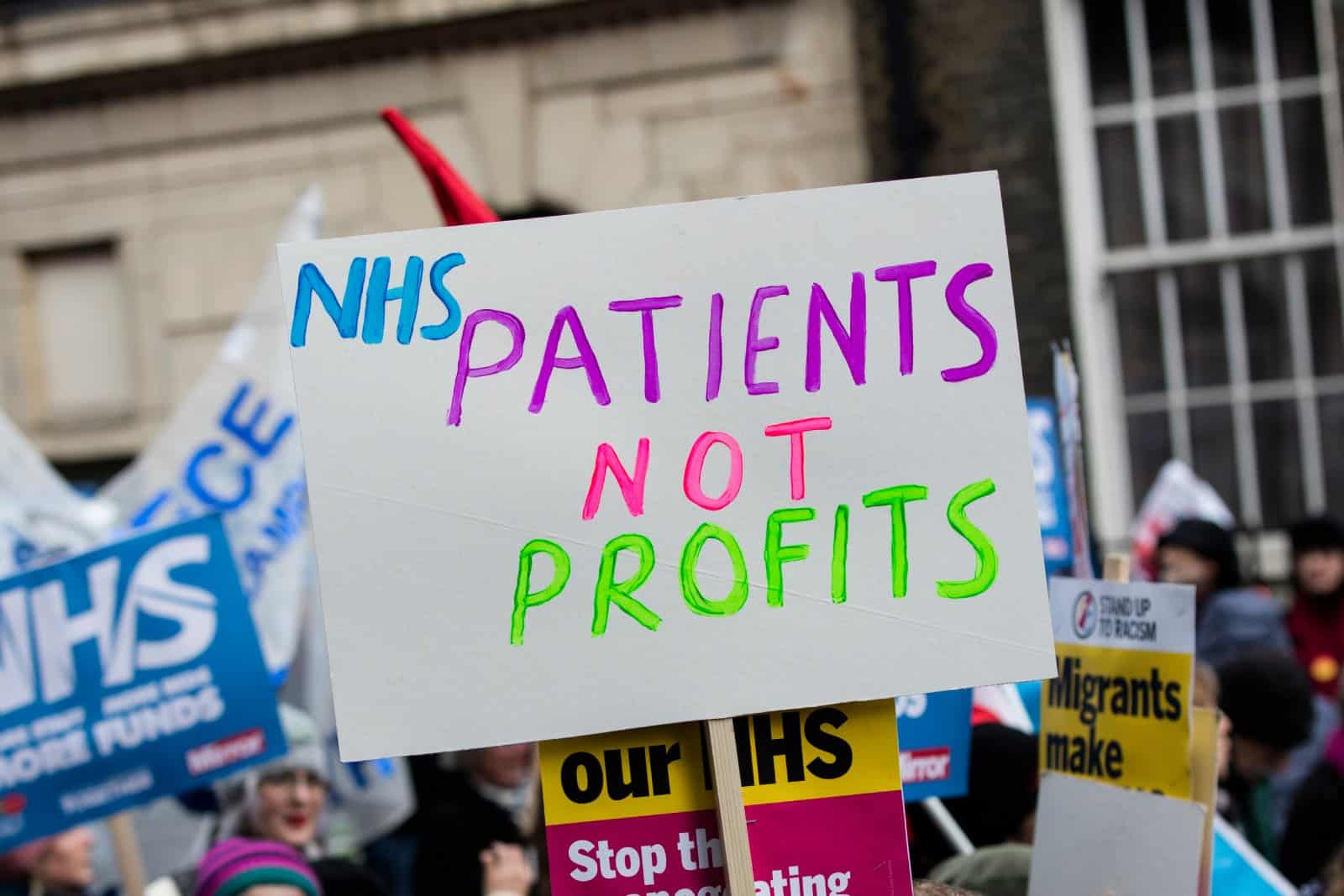
Tight budgets can cause issues anywhere, but in healthcare, a lack of funding can cost lives. Issues such as lack of equipment, poorly maintained and unsafe buildings, as well as staff shortages, all affect the quality of patient care and availability of treatment.
Waiting Lists

It is well known that the NHS has waiting lists for various treatments, including life-saving surgeries. NHS.uk details the maximum waiting times: 18 weeks “for non-urgent, consultant-led treatments” and 28 days to confirm or rule out cancer under the Faster Diagnosis Standard (FDS).
Postcode Lottery
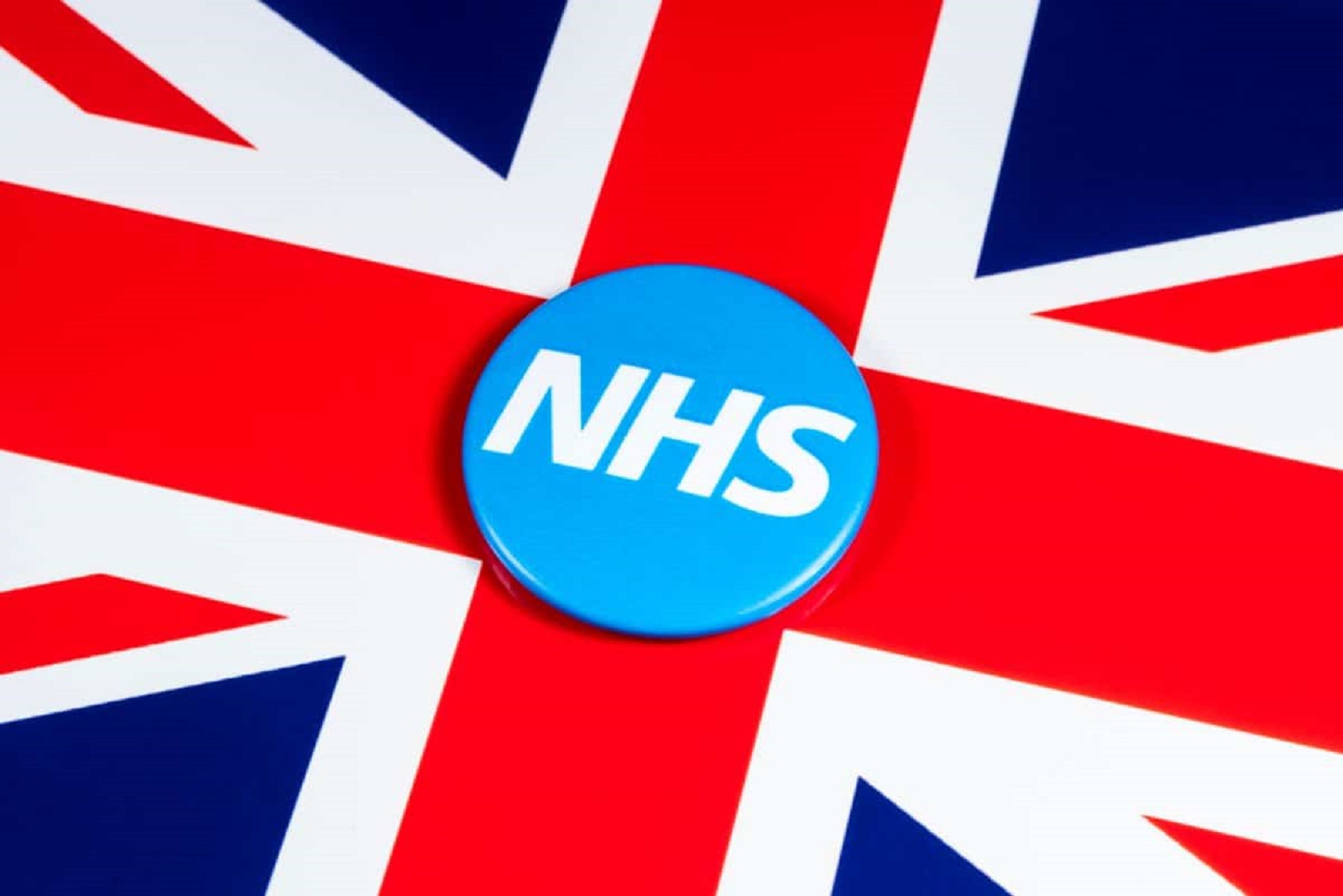
As per nhs.uk, “Waiting times may vary between hospitals”. The “postcode lottery” also refers to the fact that patients have access to different treatments in different areas. The BBC offers a service where you can enter a postcode to see what waiting times to expect in your area.
Worst Hit Hospitals
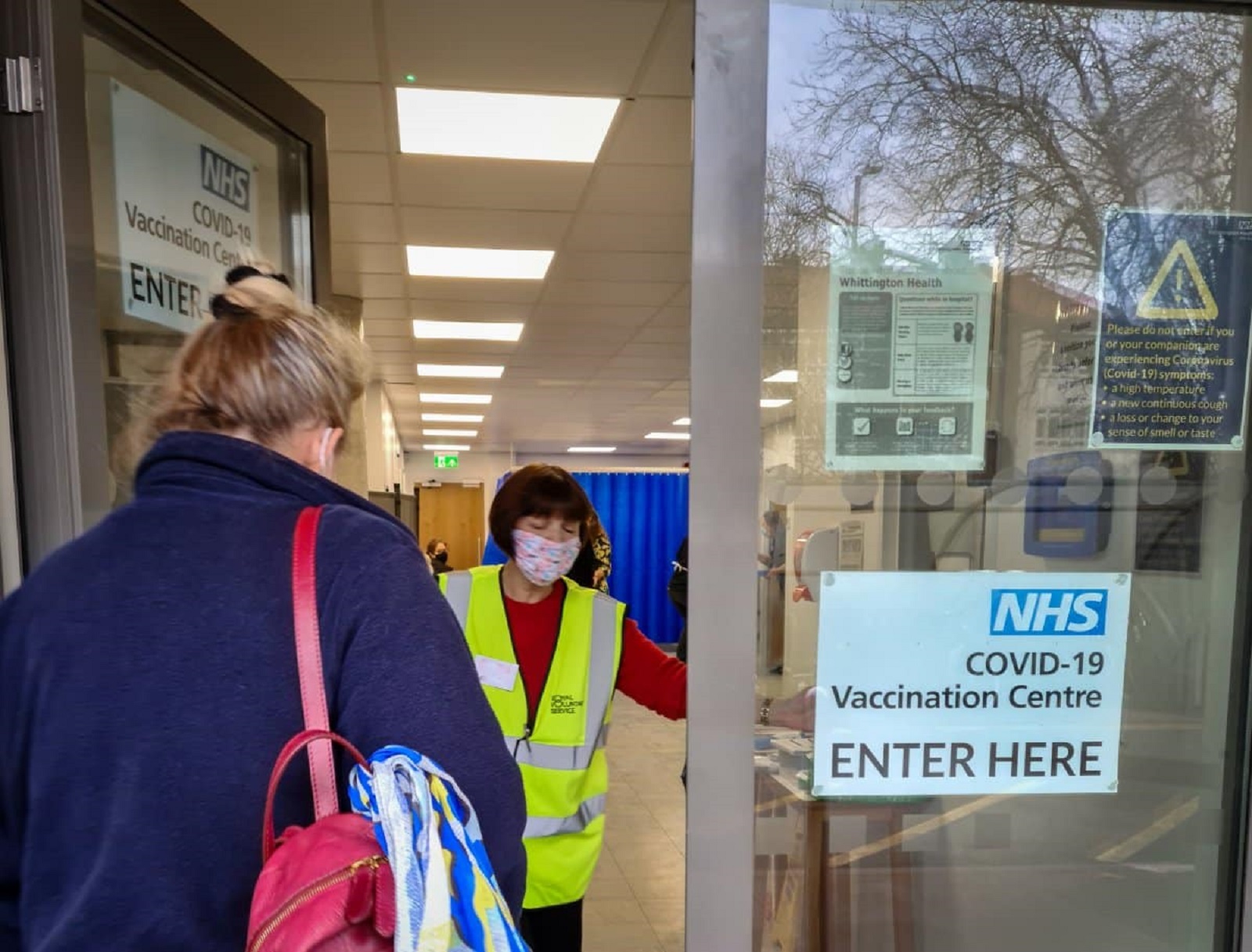
Statistics show that 65% of patients in the Milton Keynes area can expect to wait longer than the 18 weeks mentioned above, while only 16% of those in Berkshire face the same. However, the national average shows that 43% of patients nationwide won’t start treatment within the deadline.
Waiting Months for Treatments
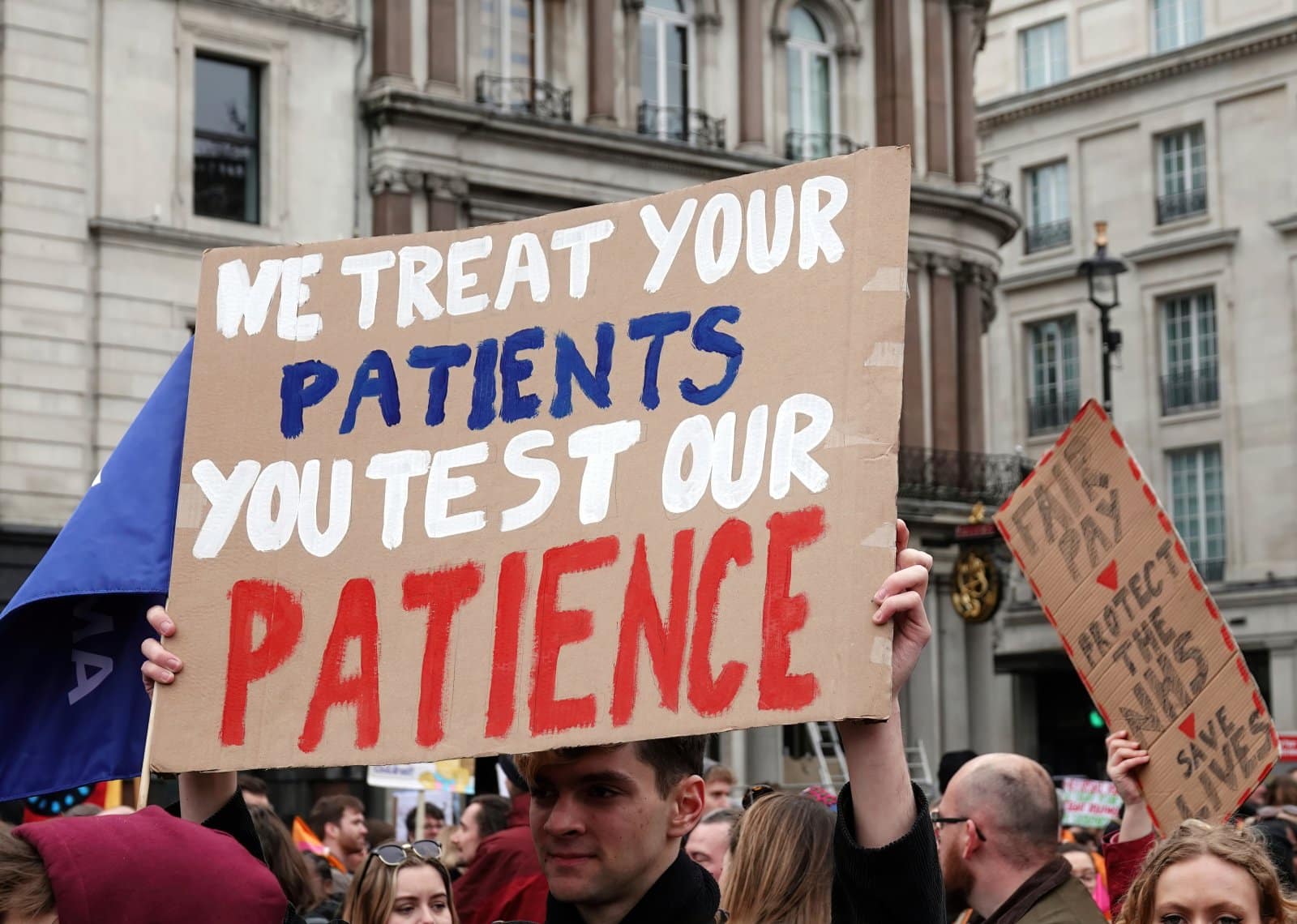
Data released in January 2024 shows that the areas with the longest wait times include Sussex, Manchester, Birmingham and northwest London.
Missed Targets
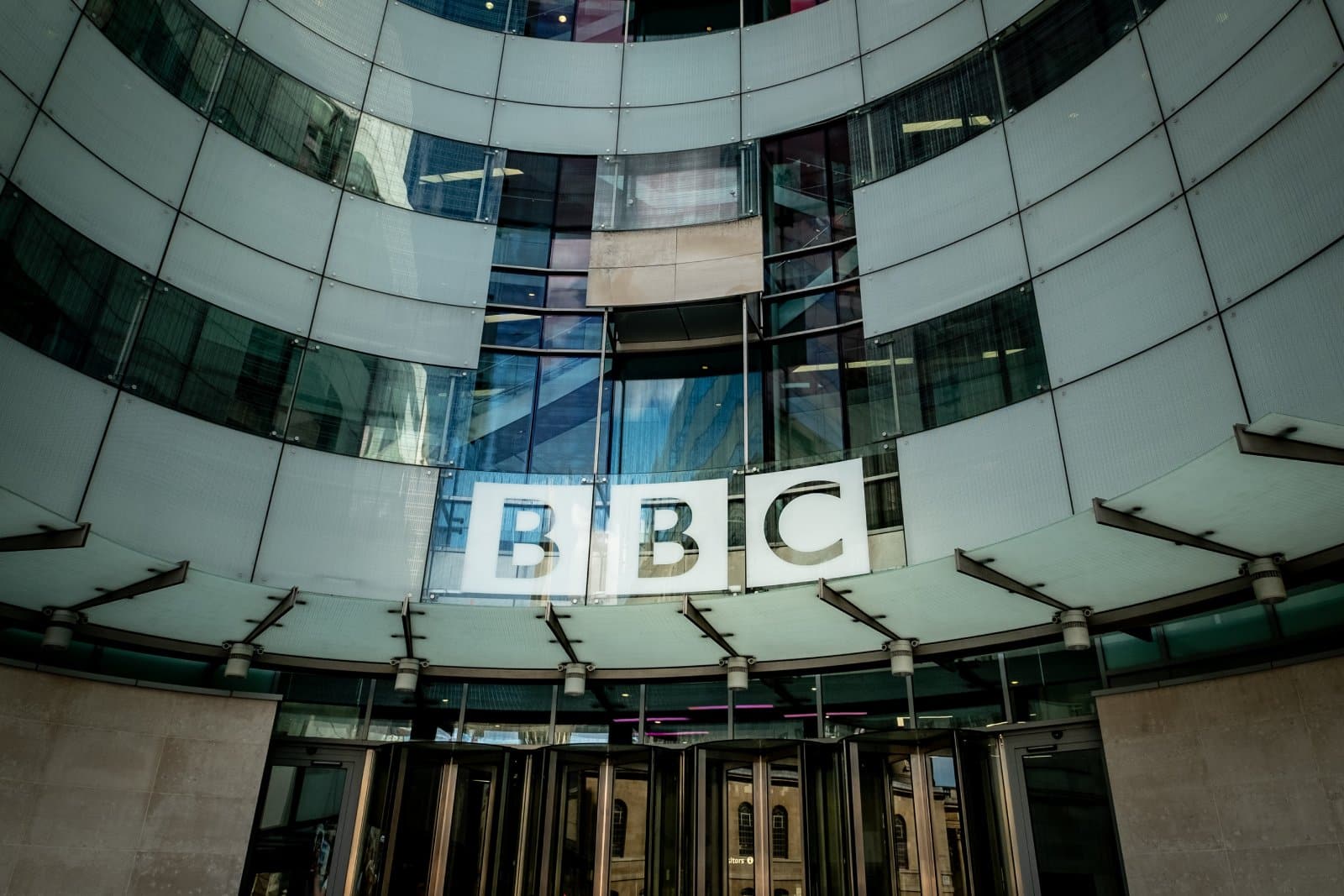
According to bbc.co.uk, targets have been consistently missed over the last twenty years. These include England not having met the 62-day cancer referral target since December 2015 and Wales never having met the four-hour A&E wait target since it was introduced.
A Brexit Consequence?

Of the three different targets (A&E, Cancer and Hospital treatment) across England, Northern Ireland, Scotland and Wales, only one has been reached since Brexit. Is there a link between funding and Brexit?
Fewer Nurses From Europe

Aside from the dramatic impact on many areas of the British economy, Brexit has also affected staffing in the NHS. A parliamentary research briefing on NHS staff from overseas states that 7.4% of nurses were known to be from the EU in June 2016, while that number was only 4.8% in June 2023.
EU Doctors

The same briefing details that the number of doctors from the EU was on the increase, reaching a high of 9.7% in June 2016. It has since then declined steadily, reaching 7.8% in June 2023.
Not Keeping Up

While the average increase of 2.7% a year (after inflation) since 2019 sounds like a funding boost, it isn’t enough to match the growing and aging population that it is struggling to support.
Cuts Elsewhere

The main suggestion to increase the funding to the NHS is to make cuts elsewhere. Can we expect to see cuts to transport, education or security in favour of NHS funding?
The post Fiscal Study Reveals Tories’ £5.5bn NHS Funding Shortfall first appeared on Swift Feed.
Featured Image Credit: Shutterstock / Ink Drop.

